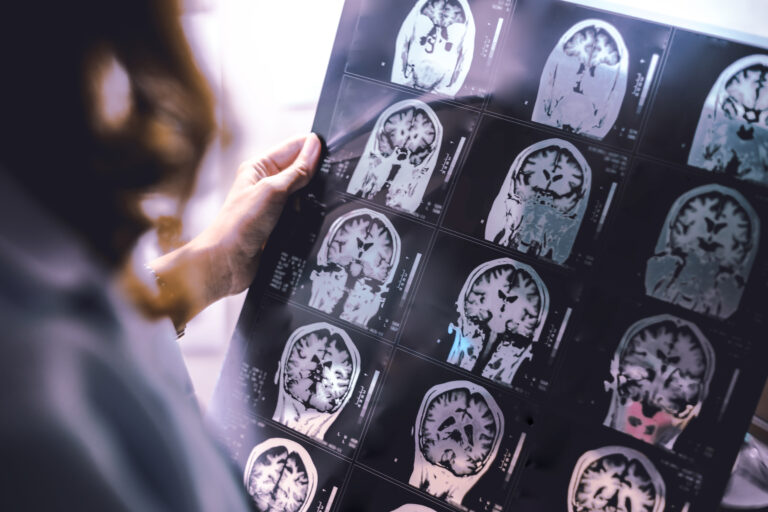Wearable electromyography (EMG) devices and gait analytics have become powerful tools for quantifying spasticity in people with multiple sclerosis (MS). Spasticity is a common and complex symptom in MS characterized by involuntary muscle stiffness and spasms, which disrupt normal movement and gait. Understanding how wearable EMG and gait analysis work together to measure spasticity requires breaking down the concepts of spasticity, the technology involved, and the methods used to interpret the data.
Spasticity in MS arises from damage to the central nervous system pathways that regulate muscle tone and reflexes. This damage leads to an imbalance between excitatory and inhibitory signals controlling muscles, causing muscles to contract excessively or remain stiff. Clinically, spasticity manifests as increased resistance to passive stretch, muscle spasms, and abnormal gait patterns. Traditional clinical assessments rely on subjective scales and physical exams, which can be inconsistent and lack sensitivity to subtle changes. This is where wearable EMG and gait analytics provide objective, continuous, and quantitative measurements.
Wearable EMG devices are small sensors placed on the skin over specific muscles. They detect the electrical activity generated by muscle fibers when they contract. In MS patients, EMG can capture abnormal muscle activation patterns associated with spasticity, such as prolonged muscle firing, co-contraction of opposing muscles, or sudden spasms. By continuously recording muscle activity during walking or other movements, wearable EMG provides detailed insight into how spasticity affects muscle function in real time.
Gait analytics involves measuring and analyzing the way a person walks. This can be done using wearable inertial sensors, pressure-sensitive insoles, or motion capture systems. These devices track parameters like step length, cadence, joint angles, and timing of muscle activation. In MS, spasticity often leads to characteristic gait abnormalities such as reduced stride length, increased double support time (time both feet are on the ground), and irregular joint movements. By quantifying these deviations, gait analytics helps to identify the severity and impact of spasticity on mobility.
When combined, wearable EMG and gait analytics offer a comprehensive picture of spasticity’s effects. EMG reveals the underlying muscle activation abnormalities, while gait analysis shows how these abnormalities translate into altered walking patterns. For example, excessive EMG activity in calf muscles during the swing phase of gait may correspond with a stiff-legged walking pattern detected by gait sensors. This multimodal approach enables clinicians and researchers to correlate muscle-level dysfunction with whole-body movement impairments.
The process of quantifying spasticity using these technologies typically involves several steps:
1. **Sensor Placement and Data Collection:** EMG sensors are placed on key muscles commonly affected by spasticity, such as the quadriceps, hamstrings, gastrocnemius, and tibialis anterior. Simultaneously, gait sensors are attached to the feet, shanks, or waist to capture movement data. The patient performs walking trials or functional tasks while data is recorded.
2. **Signal Processing:** Raw EMG signals are filtered to remove noise and artifacts. Parameters such as muscle activation onset, duration, amplitude, and frequency content are extracted. Gait data is processed to calculate spatiotemporal parameters (step length, speed), kinematics (joint angles), and kinetics (forces).
3. **Feature Extraction:** Specific features indicative of spasticity are identified. For EMG, this might include prolonged muscle activation during phases when muscles should be relaxed, or simultaneous activation of antagonist muscles (co-contraction). For gait, features like asymmetry, reduced joint range of motion, or increased variability in step timing are noted.
4. **Quantification and Scoring:** Algorithms or machine learning models may be applied to combine EMG and gait features into quantitative scores representing spasticity severity. These scores can be tracked over time to monitor disease progression or response to treatment.
5. **Interpre





